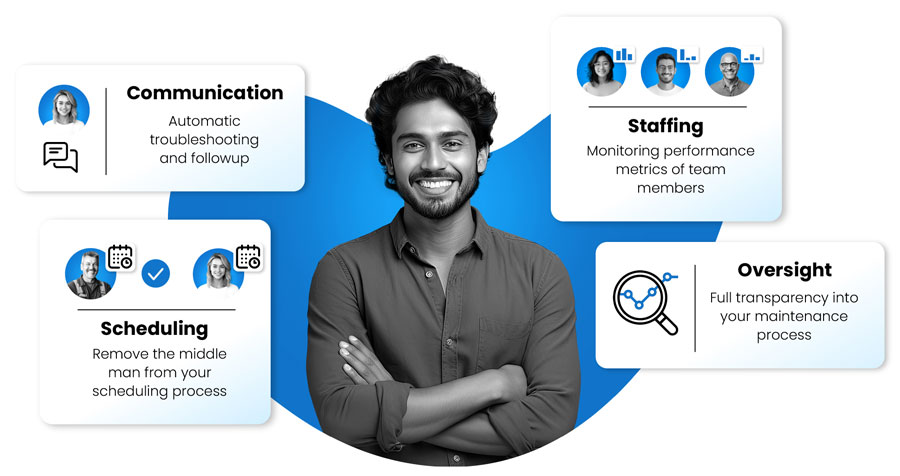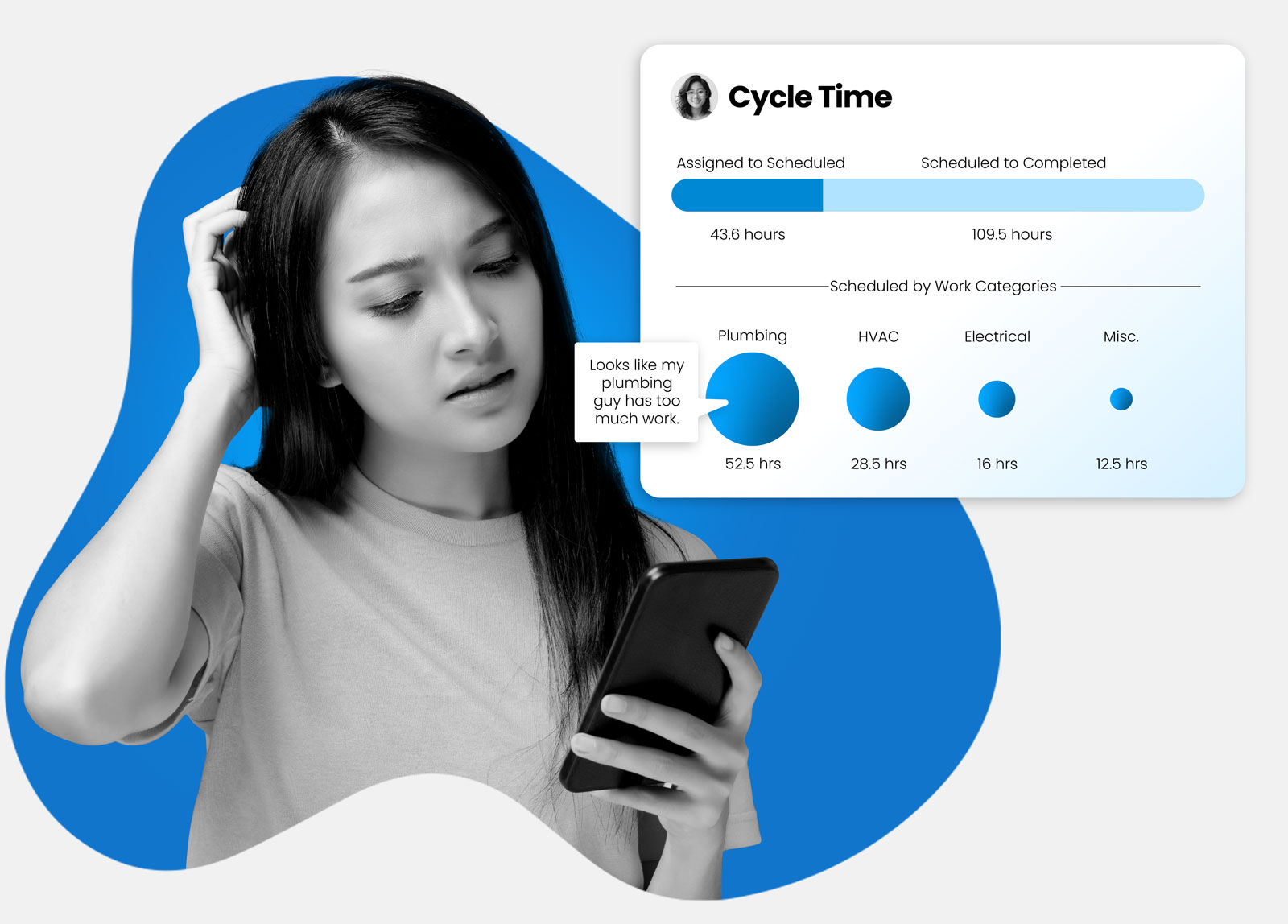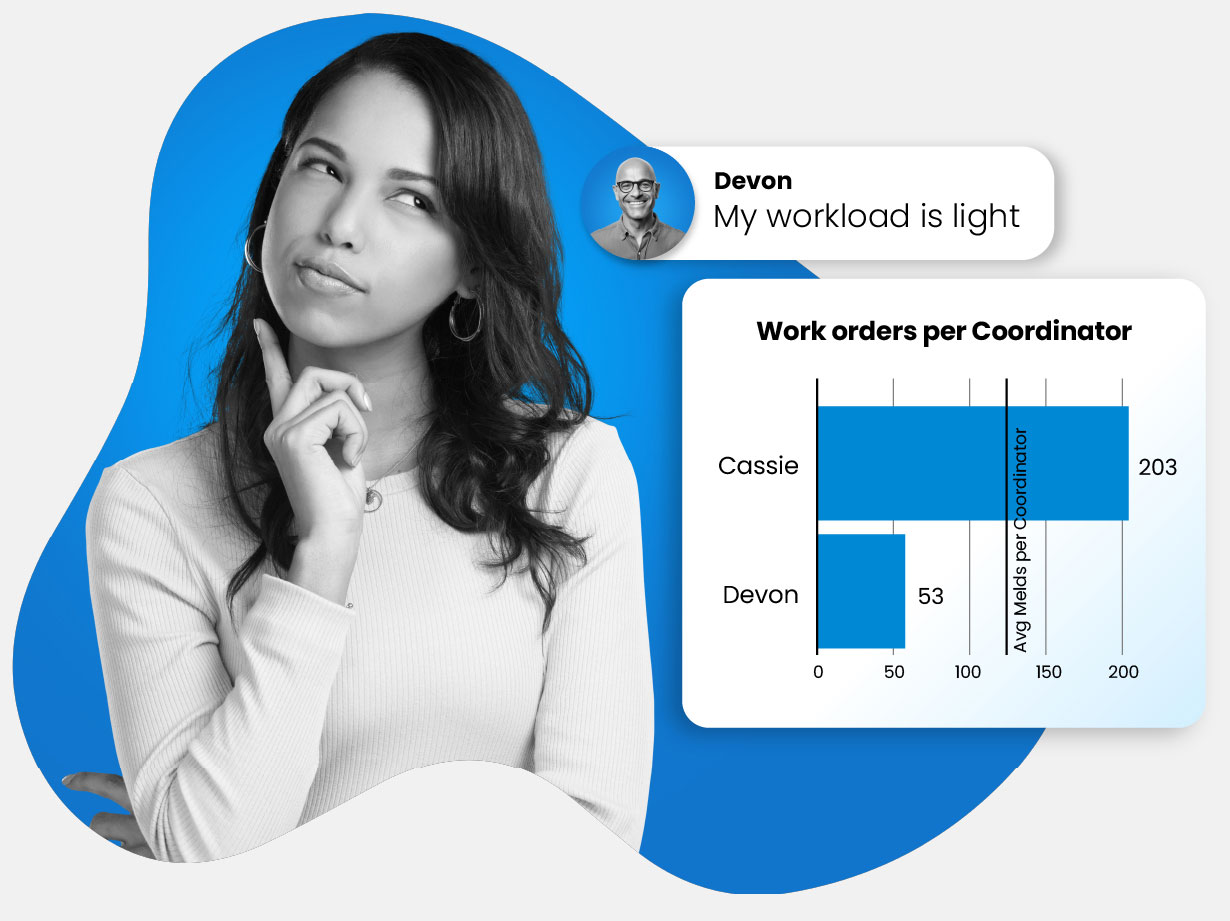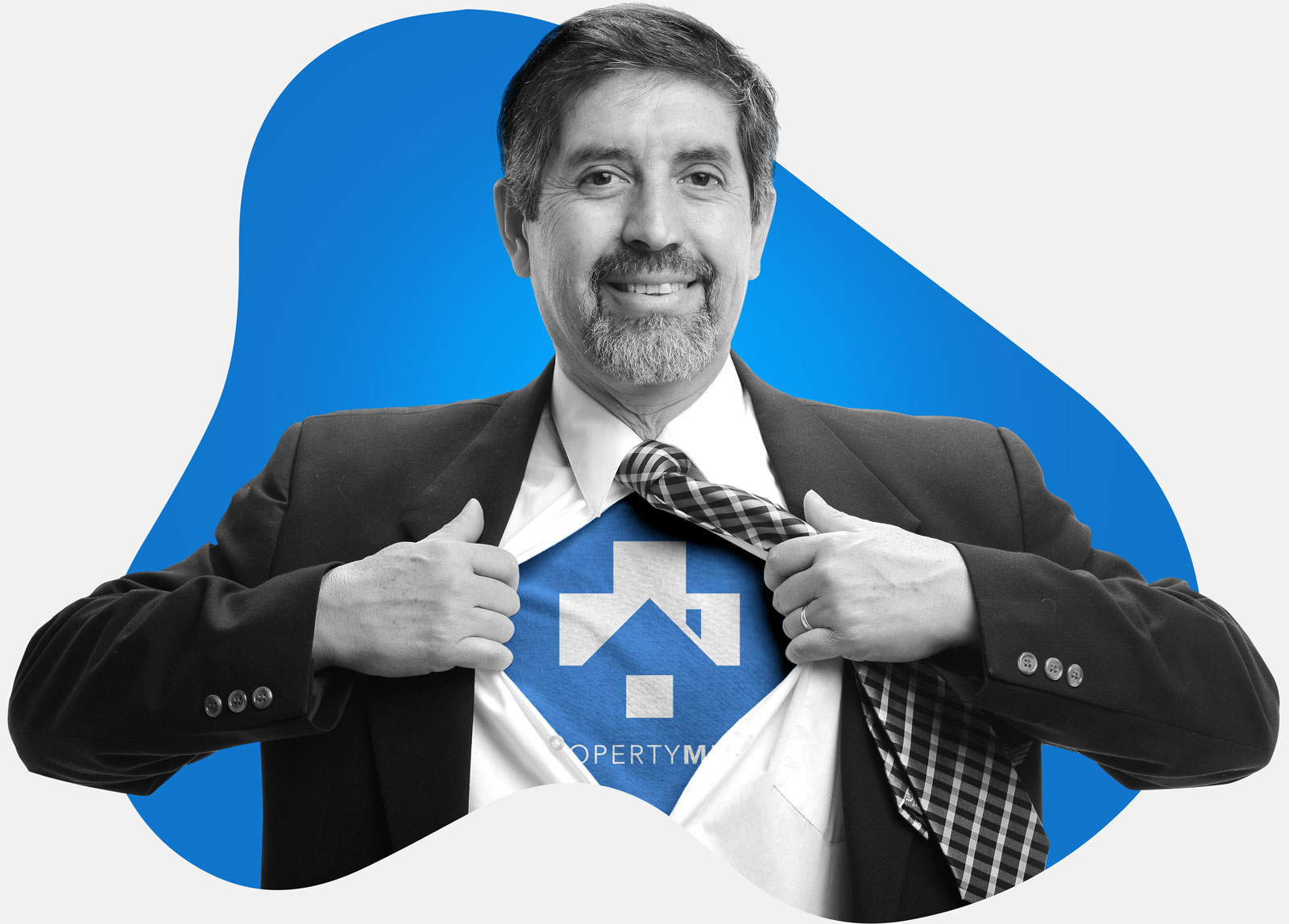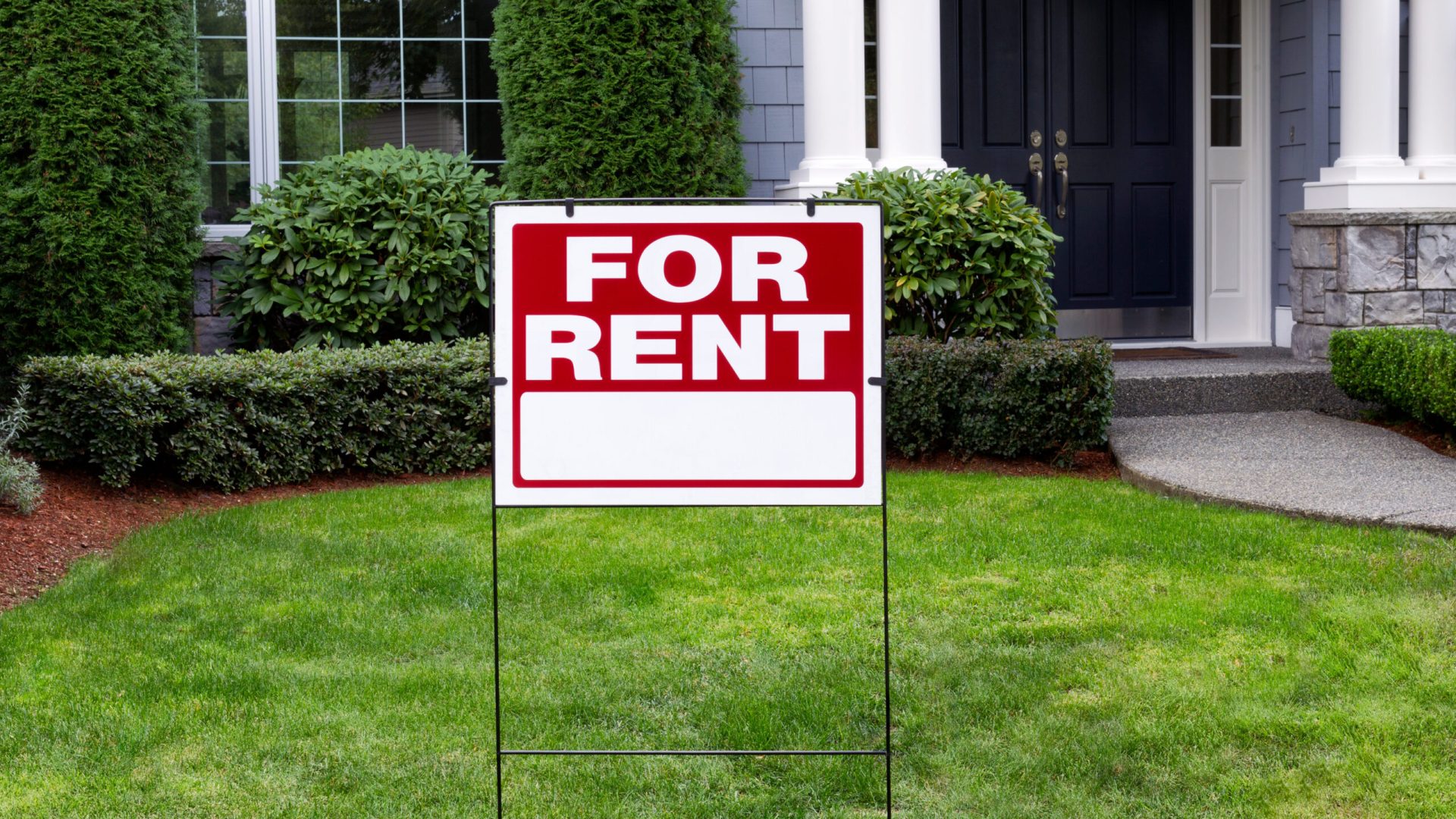What is Rental Turnover?
As we approach the summer season, many property managers prepare for an influx of turnovers. 80% of rental turnovers happen in May through September. Rental turnover is the number of residents that decide to move out when their lease is over versus those that choose to renew their lease at your property. In addition, it can be used to refer to the time between a lease’s expiration and the date a new resident moves-in. Rental turnover encompasses all the tasks needed to get a property ready for a new renter. It goes beyond routine property maintenance and often requires a few work days to get the unit in perfect shape for a new resident.
There are a few key components to a successful turnover:
1: The Move-out of the current resident
2: Getting the property rent-ready
3: Marketing and leasing the property to a new resident
Rental turnover is a normal part of property management, but if it’s not handled correctly it can start to wreak havoc on your bottom line. Keeping your turnover rate low, and making sure you have a process for getting units turned over quickly is imperative to your success. The quicker you can turn a unit and make it rent ready, the better. The longer a unit sits vacant the more money you will be losing since you won’t be receiving any rental income. The best way to reduce your rental turnover is to focus on resident satisfaction and retention. The happier your residents are, the more likely they are to renew their lease.
With a software that allows you to easily track resident satisfaction you can lower the amount of residents moving out.
What is the Average Rental Turnover Rate?
During an inspection when your resident moves out, you will evaluate the property and determine if the resident caused any damages that need to be taken from their security deposit. After that, property managers can determine all the maintenance work that needs completed and assign necessary repairs with vendors. This includes carpet replacement, painting, updating electrical, cleaning, and more. The turnover is complete after the unit is declared ready for rent.
It is important to track how long your turns are taking so you can evaluate if any improvements need to be made to your process. In addition, failing to properly track turnovers with a dedicated software can lead to units sitting vacant because they were missed. Units sitting vacant for too long have a huge negative impact on your bottom line, and will lead to property owners becoming frustrated with the service you’re providing.
In 45% of property management companies we studied, the average turnover period lasted less than nine days. The largest group in this segment completed turns within five and seven days.
The other 49% studied reported their turnovers taking nine days or longer. 33% of those property management companies took 13 days or longer to complete a turnover.
Out of the companies studied the remaining 6% reported they do not track their turnover rate. Even more shocking, only 71% of property management companies reported conducting a final quality inspection.
The best way to track your turnover rate and ensure you are completing turnovers quickly is to compare your turnover rate with the industry average. In 2018, the national average turnover rate was 48.8% and continues to improve as landlords start focusing more on resident satisfaction.
To calculate your own turnover rate, use the following formula:
Number of residents who moved out in a year / total number of residents * 100 = rental turnover rate
For example, if you had 100 residents move out and you have 250 total residents your average turnover rate would be 40% (100/250*100=40%)
Common Reasons Residents Turn
There are many reasons a resident may decide to move out of a rental property. One of the more common reasons residents may choose to move is because they have decided to buy a house. In addition, residents may move because they have gotten a new job or found another rental that is a better price. However, one of the main reasons residents churn is because they are unhappy with their rental experience. Oftentimes, the culprit is maintenance issues. According to our data, 31% of residents said maintenance is the reason they decided to leave a property. This could be because their maintenance issues took too long to be completed, or the process of submitting a work order was confusing and time-consuming. By taking control of your maintenance process and keeping resident satisfaction top-of-mind, you can lower your turnover rate.
A great way to monitor resident satisfaction is paying attention to online reviews. If a resident is unhappy with a maintenance job, they may leave a negative review. Monitoring online reviews can help you identify problem areas in your process, and give you the ability to reach out to upset residents and solve the issue. With a designated maintenance software you can send residents an automated message when a work order is complete asking them to provide feedback. This will help you keep a pulse on your team and the maintenance process and ensure you are providing your residents a positive experience.
What Tasks Are Associated with Turns?
One of the most time consuming aspects about completing turns is scheduling all the tasks that need to be completed. Depending on the state of the residence you may need to repaint, replace carpets, replace appliances, and deep clean. Most property management companies don’t have a full time maintenance technician who can complete all these tasks in a timely manner, so they need to be outsourced to third party vendors. Just the scheduling of all this work is a time consuming task for property managers and maintenance coordinators. If you are managing upwards of 500 units, this task becomes nearly impossible to execute manually without things falling through the cracks, or your average turnover time increasing.
It is important to have move out expectations clearly outlined in your lease agreement. This way, residents are aware of the steps they need to take when moving out, and they understand the timeline for giving notice, move-out inspections, and the return of their keys. Without outlining these things in advance it is hard to hold your residents accountable for their responsibilities during move out, which will also contribute to unnecessarily long turns.
What Are Rental Turnover Services?
As mentioned, many property management companies don’t have an in-house maintenance technician capable of completing all turns. For one, the job is time-consuming and secondly, many of the jobs required need a trained professional. You may have to replace light fixtures, tear up and redo carpet, or replace appliances. Sometimes, property managers will schedule all the jobs with different vendors, or you can hire a crew that is dedicated to turning over rental units.
When searching for a crew to turnover your rental units look for a vendor that is quality, has good reviews from your peers, is easy to get ahold of, and has a team that can complete a variety of skills. This way, you won’t have to hire a separate vendor to paint, clean, and make any small fixes. The more jobs one vendor can complete the less vendors you must locate and schedule, meaning you can get turnovers completed quicker.
What Is the Cost of Finding a New Resident?
The reason turnovers are such a big deal is because vacant units are a loss of your monthly income. Not only are you losing monthly rent payments, but the expenses of turning over a unit, and the insurance you pay on a residence can add up quickly and have detrimental consequences on your bottom line if a unit isn’t filled.
As of June 2022, the average cost for a one bedroom apartment was $1,876. That number may be higher based on the number of bedrooms, bathrooms, amenities, and the location of your residence. In addition, vacant properties that have sat vacant for longer than 30 days often require a different type of insurance that is more costly than traditional landlord insurance. Once you have added up the cost of rent, property taxes, utilities, and utilities, monthly expenses on a vacant unit are easily over $2,000.
This is before you factor in the costs of a turnover. Granted, some of this may be taken out of your previous residents security deposit, but a lot of it comes from the property management company or landlord. Cleaning fees, new appliances or light fixtures, paint, and new flooring can add up to hundreds of dollars. If you add this to the cost you are losing each month, turnovers can get really costly in a short period of time.
Let’s put this into perspective. If your property owner has 40 single-family homes with an average 14-day turnover period, your owners can lose thousands of dollars in income due to the vacancy gap.
Here’s the math:
- 14 days vacant / 365 days = 3.8%
- Monthly Gross potential rental income = 40 single family homes x $1,600 per month = $64,000.
- Vacancy gap expense = 3.8% x $64,000 = $2,434 lost to the vacancy gap.
But that isn’t all. We also quantify the value of your turn to other tasks like…
-
- Move-out cleaning services: $360
- Carpet cleaning: $120
- Window cleaning: $80
- Oven cleaning: $15
- Total One-Time Costs: $575
- Total cost of a 14 day vacancy gap: $3,009
Every day a unit is empty, your owners and investors are losing money.
How can you keep residents longer and avoid turnover?
Since we know that maintenance issues are one of the top reasons residents decide to leave a rental property it is crucial that your maintenance process is keeping the resident experience top priority. Is it easy for your residents to schedule a maintenance request? How quickly does someone reach out to them to schedule the work? Most importantly, how long does it take for their maintenance request to be fixed?
If your answers to these questions aren’t providing a positive experience for your residents, it is time to make a change to your process. If residents can easily submit a maintenance request, someone gets back to them in a timely manner, and their issues are fixed efficiently, they are more likely to be happy with the renting experience and renew their lease. As a bonus, happy residents may leave positive reviews online which can help you attract new renters.
5 Tips to Minimize Resident Turnover
1: Screen good residents: Screening good residents for a rental property is important because it helps to ensure that you select residents who are reliable, responsible, and financially stable. This way you can reduce property damage, unpaid rent, and make sure they are a good fit for your property.
2: Collect Feedback: One of the best ways to show your residents you care about their experience is offering them the chance to provide feedback. If a resident has a negative experience they want a way to ensure it doesn’t happen again. If you receive a negative review, reach out to the resident and work to resolve the problem. Positive feedback is great for determining where you are doing things right, and having positive reviews online is a great way to attract new residents.
3: Communicate: Communication is arguably the most important aspect to maintaining positive resident relationships is through communication. It is the first step of the Ladder to Maintenance Excellence, and is the foundation to a successful property maintenance strategy.
4: Be Transparent: Sometimes we all have to deliver bad news, and the best thing to do is be transparent. As a property manager, you may run into these issues with your residents. If you have to raise the rent, let your residents know in advance and be honest with them about the reasoning. If a maintenance request is taking longer than anticipated, let your resident know upfront. Being transparent will build trust with your residents, and lower your chances of upsetting them.
5: Take care of the property: Everyone wants to live in a place that is well-taken care of. Beyond making sure maintenance requests are taken care of quickly, you should also work to maintain the curb appeal of your properties. If residents aren’t responsible for their own lawn care, make sure you are keeping the landscaping nice. This includes things like mowing, watering, and pulling weeds. If your property has any shared amenities make sure they are clean and well maintained. All these things will make residents more inclined to renew their lease.
As a property manager dealing with turnover is inevitable. But there are steps you can take to reduce the amount of turns you have to complete, and improve your bottom line. In addition, by having a streamlined process for handling turnovers you can get vacant units filled as quickly as possible.
If you are struggling with an abnormally high turnover rate, or are struggling to keep up with turns, it is time to find a new solution. With dedicated maintenance software, you can provide your residents a better customer experience, increasing their likelihood of lease renewal. In addition you can automate certain tasks associated with turns to make the process more efficient.
Request A Demo
Subscribe to The Maintenance Minute
Join our weekly newsletter where we will share industry insights and maintenance to help you achieve maintenance excellence.
